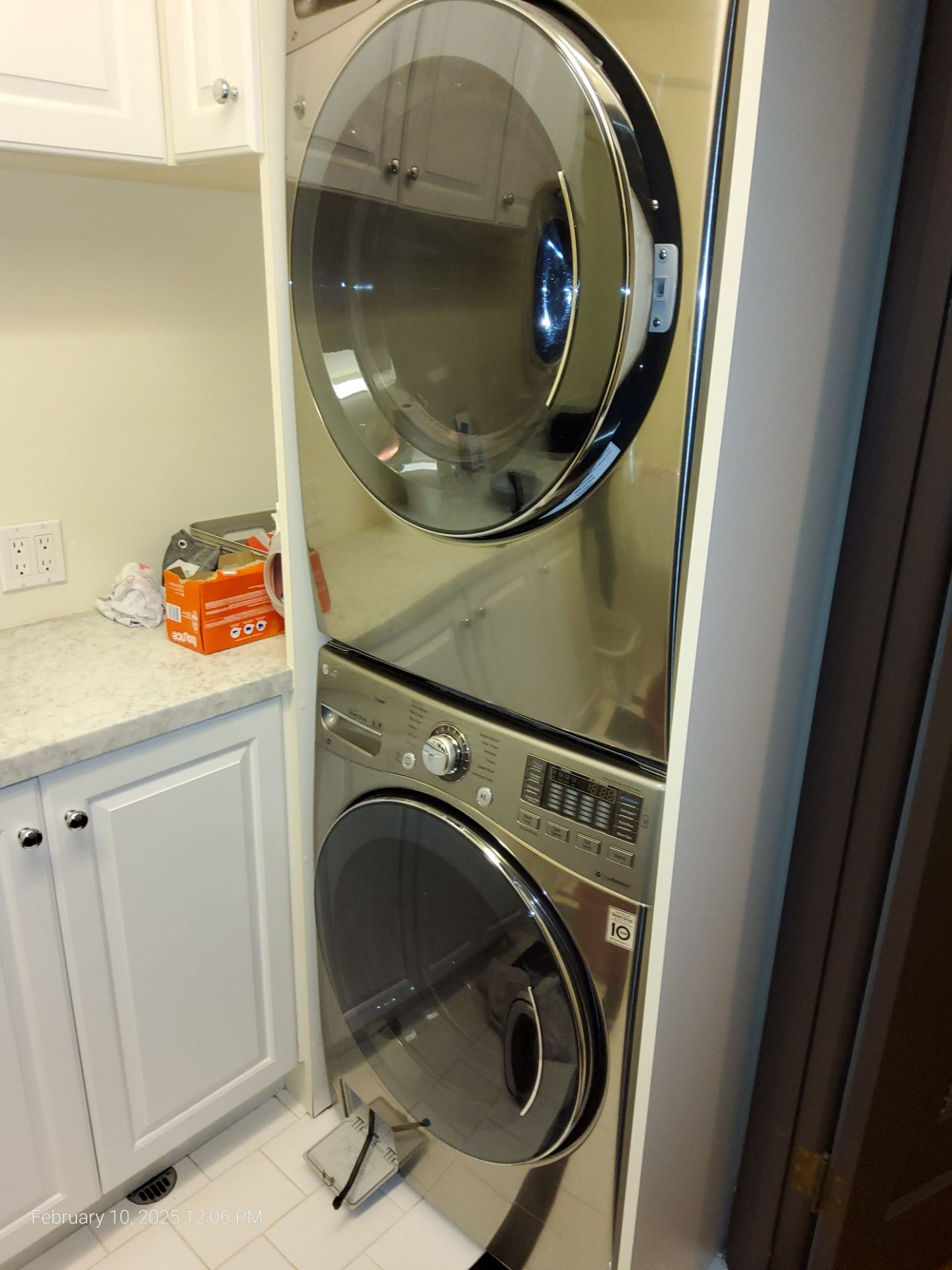
A washing machine that suddenly stops right before the final spin can leave you frustrated, with a drum full of wet laundry and no clear idea of what went wrong. This problem is more common than it may seem, and it usually points to two key issues: an imbalance detection problem or a malfunctioning tachometer sensor. Understanding why this happens can help you react quickly and prevent more serious damage to your appliance.
Why the Washer Refuses to Enter the Final Spin
Modern washing machines are designed with smart safety systems that constantly monitor load distribution, drum movement, speed, and vibration levels. When any irregularity is detected, the machine pauses or stops the cycle entirely. The final spin is the most intense part of the wash cycle, demanding high drum speeds and stable balance. When something interferes with those readings, the washer simply refuses to continue. Two common culprits are:- Imbalance detection system failing to distribute or read the load correctly
- Faulty tachometer sensor providing incorrect speed readings to the control board
1. Imbalance Detection Issue
If the load inside the drum becomes uneven, the washer may stop the cycle to avoid excessive vibration. However, when the machine repeatedly fails to correct the imbalance or misreads the drum condition, it stops right before the final spin.Causes of imbalance detection malfunction:
- Mixed or heavy items (e.g., towels with light clothing causing poor distribution)
- Worn shock absorbers that fail to keep the drum steady
- Loose counterweights that shift during operation
- Faulty suspension springs
- Defective imbalance sensor
Warning signs:
- Drum hits the sides during earlier spin stages
- Excessive shaking or vibration before it stops
- Frequent “unbalanced load” or “UE”/“UB” error messages
- Washer attempts several low-speed spin corrections before pausing
2. Faulty Tachometer Sensor
The tachometer sensor (or “tacho sensor”) is a small yet vital part attached to the motor. Its job is to monitor drum speed and send precise data to the control board. When the sensor fails or sends inaccurate signals, the washer cannot safely accelerate to final spin speed. As a protective measure, the machine stops the spin cycle entirely.Common tachometer sensor issues:
- Broken or loose wiring
- Magnet slipping or detaching from the motor
- Corroded connectors
- Damaged or weak sensor
- Faulty control board misinterpreting readings
Symptoms of a tacho sensor problem:
- Drum starts spinning but suddenly stops
- Machine tries to accelerate but fails
- No error codes despite incomplete cycles
- Inconsistent spin speeds
- Washer stops at the same moment every time
Why You Shouldn’t Ignore the Issue
A washer that repeatedly stops before the final spin has already detected a safety problem. Continuing to restart the cycle or overload the drum may worsen the damage. In some cases, the machine may completely refuse to start future cycles. Ignoring the issue can lead to:- Motor failure
- Control board burnout
- Drum misalignment
- Costly repairs that could have been avoided earlier
Professional Repair Is the Safest Solution
Although some basic load-balancing fixes can be attempted by the user, most imbalance system repairs and tachometer diagnostics require professional expertise. These parts are closely connected with motor control, suspension systems, and machine safety mechanisms. A specialist can:- Test the tachometer sensor with proper tools
- Inspect suspension and shock absorbers
- Check all wiring, magnets, and connectors
- Diagnose control board interpretation errors
- Rebalance or secure drum components
- Replace faulty parts safely